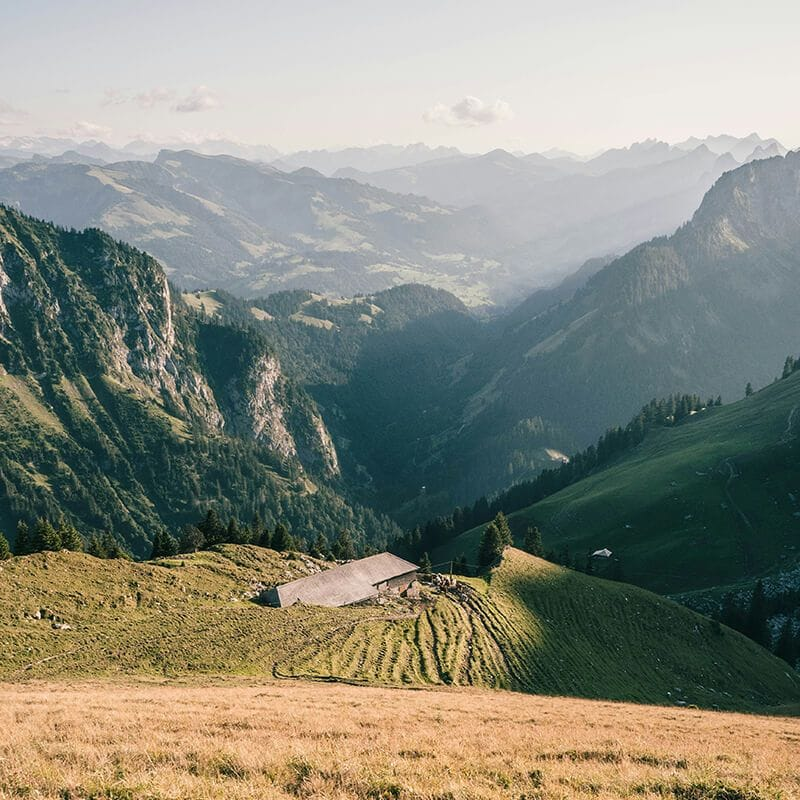12/4/25 - Sandstone is currently out of stock. We anticipate receiving more by end of December. Orders will ship based on when they were received.
Page Not Found!

All About Growing in USDA Zones 7-9 With GardenTower

It’s time to start planning your 2021 garden! When thinking about what you want to plant, it’s important to know what USDA hardiness zone you’re growing in. With different zones comes different plants that grow really well, at various times of the year. By knowing your zone and understanding the best gardening procedures in your zone for your vertical garden planter, you’ll be able to grow healthier plants that produce larger amounts of vegetables. That’s why here at Garden Tower Project™, we’ve created this guide to help you prepare for growing, as a part of our series on garden prep based on specific grow zones.
How to Successfully Grow in Zone 7
Vertical Garden Planter Tips and Tricks

Out of the three zones covered here, Zone 7 is the coolest as it includes more northerly states than the other two zones. Zone 7 stretches horizontally through the United States, covering Kentucky, Tennessee, Virginia, Maryland, New Jersey, Oklahoma, as well as being scattered through several other US states.
One great thing about growing in Zone 7 is you can easily grow for 3 seasons. The best way to accomplish this is to get a head start by starting your seeds indoors. This is a great way to grow your plants in a controlled environment and save money by only needing to buy seeds. One of the best ways to go about this is by using a seedling heat mat—these handy devices allow you to raise the temperature of your seeds to allow them to grow rapidly in a controlled environment. Peppers for instance, germinate best in warmer soil. Use the planting guide to help determine how early to start seeds indoors. Start cold hardy plants first like chard and kale indoors and then move to your summer veggies like tomatoes and peppers. Staggering your start dates will help ensure success.. Something to keep in mind is that the last frost date in this zone is anywhere from March 1-15, meaning that you risk your plants getting frostbite or dying if you put them outside too soon. Keep an eye on the weather for frost and cover your plants if you already put them outdoors.
Letting Your Vertical Garden Planter Thrive in Zone 8
Getting the Best Results For Where You Live

Zone 8 includes several warmer Southern states, including North and South Carolina, Georgia, Alabama, Mississippi, Arkansas, and parts of Texas and Louisiana. Because these states can be warmer than zone 7, many of the plants can be started outdoors with more mild weather conditions. By learning about seed germination temperatures and lengths, it’s easy to determine whether you’re able to start seeds outdoors at your home.
The actual produce that can be grown in zones 7 and 8 are quite similar, since they’re so close to each other. Something that is different between these two zones, however, is their last frost date. When you’re planting in zone 8, it’s important to wait to put your plants outdoors until after your last frost date. For Zone 8 that is usually between February 15-28. Some of our favorite veggies to start off the year with are peas, kale, and spinach—all which can be grown in the first couple of months of the year. When it gets later and warmer in the gardening season, even more planting options open up, such as tomatoes, cucumbers, and peppers. There are few vegetables and herbs that will not thrive in this region. If you want to get a headstart on growing, check out the seed starting suggestions for Zone 8.
Hearty Harvests in Zone 9
Getting the Most Out of Your Garden Tower® Harvests

This zone in particular is the most different from the other two, as it makes up the hottest parts of the United States. If you’re using a vertical garden planter in parts of Florida, Louisiana, Texas, or California, you will most likely be a part of zone 9.
Because of the warmth of this climate, there is a larger variety of vegetables and herbs that you can plant earlier in the year. You almost never have to worry about frost, which allows for growing almost year round! Some of our favorite early zone 9 vegetables include spinach, herbs, and carrots. With some plants being able to be planted in January, such as peas,kale and several lettuce varieties, you’ll never be without fresh, home grown, organic vegetables. Growing vegetables from cuttings in zone 9 is also a great way to save money, as you’re using leftover veggies rather than spending money on seeds.
With these warmer temperatures, some plants do best in the winter/early spring like greens, broccoli and carrots. It is a good idea to give your garden some shade during the hottest parts of the summer to keep your tomatoes and peppers going strong.
Determining what zone you live in is the best way to understand what you should be growing in your Garden Tower®—with different needs for different areas, you’ll be able to better understand your plants’ needs and grow healthier, more nutritious vegetables and herbs. New to gardening or simply looking for more tips and tricks? Visit the Garden Tower Project website for helpful guides on all things gardening.
Related Articles
Connect with us @GardenTowerProject
















Want to know more?







